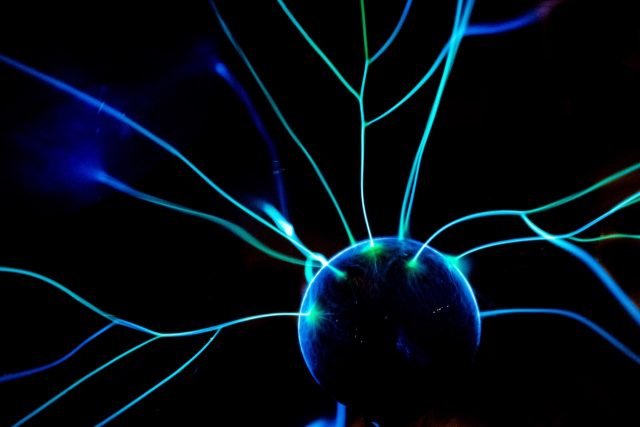Tag: Mars
Clays, not water, are likely source of Mars ‘lakes’
Bright reflections that radar detected beneath the south pole of Mars may not be underground lakes as previously thought but deposits of clay instead, a new...
Curiosity rover captures shining clouds on Mars
NASA’s Mars Curiosity rover has captured shining clouds on the Red Planet. The rover’s Mast Camera, or Mastcam snapped colour images and the iridescent,...
Bursts of methane may have warmed early Mars
SEAS researchers suggest that early Mars may have been warmed intermittently by a powerful greenhouse effect, possibly explaining water on the planet's surface billions...
First detection of boron on the surface of Mars
ChemCam target Catabola is a raised resistant calcium sulfate vein with the highest abundance of boron observed so far. The red outline shows the...
A funnel on Mars could be a place to look for...
(Left) A graph charting the depth of the Hellas depression at different points, and a topographic map of the depression. (Right) A graph charting...
Curiosity Mars Rover Checks Odd-looking Iron Meteorite
The dark, golf-ball-size object in this composite, colorized view from the ChemCam instrument on NASA's Curiosity Mars rover is a nickel-iron meteorite, as confirmed...
Fossilized rivers suggest warm, wet ancient Mars
Perspective view of Aram Dorsum, an inverted channel on Mars and candidate landing site for the ExoMars rover. Credit: NASA/JPL/MSSS
Extensive systems of fossilised riverbeds...
Mars Gullies Likely Not Formed by Liquid Water
Martian gullies as seen in the top image from HiRISE on NASA's Mars Reconnaissance Orbiter resemble gullies on Earth that are carved by liquid...
Digging deeper into Mars
This is a global map of Mars sulfur concentration (as percentage by mass) derived from the 2001: Mars Odyssey Gamma Ray Spectrometer spectra. Overlay...
Mars Canyons Study Adds Clues about Possible Water
Blue dots on this map indicate sites of recurring slope lineae (RSL) in part of the Valles Marineris canyon network on Mars. RSL are...
A giant impact: Solving the mystery of how Mars’ moons formed
Where did the two natural satellites of Mars, Phobos and Deimos, come from? For a long time, their shape suggested that they were asteroids...















